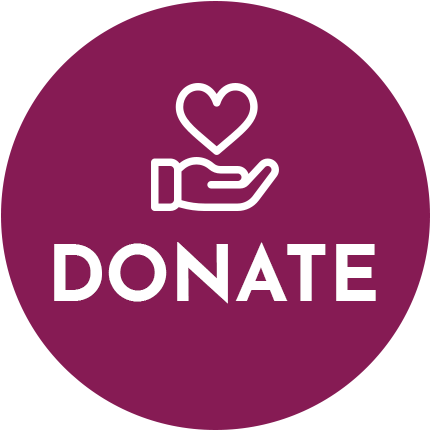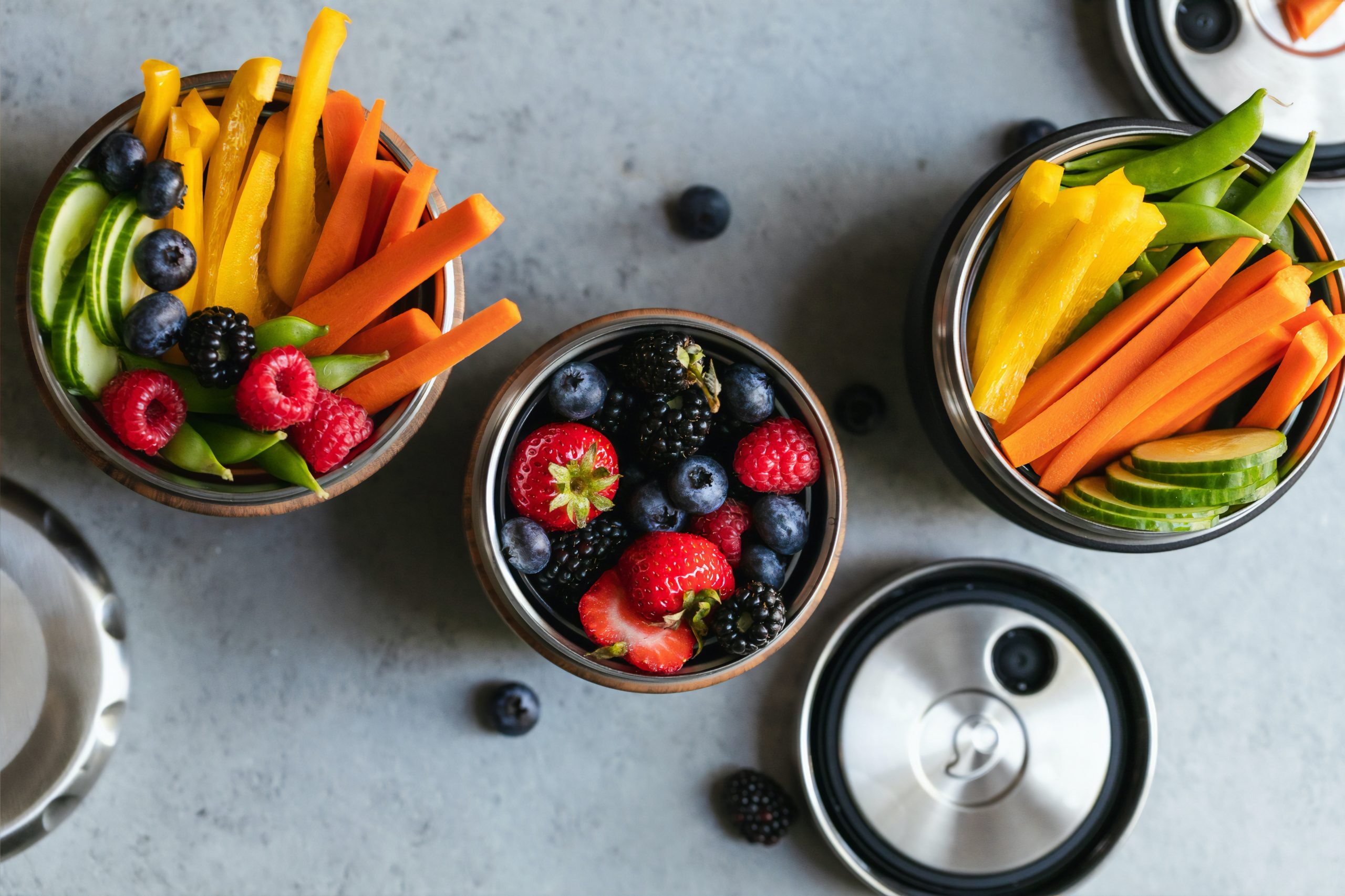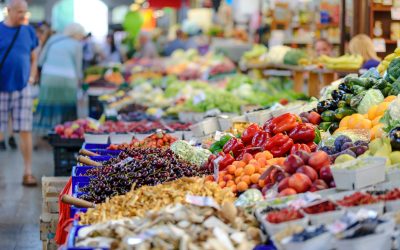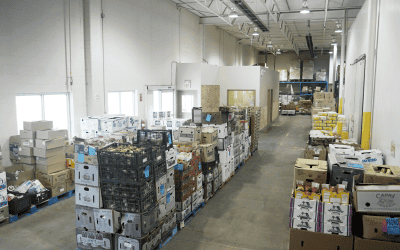“We know our kids are hungrier than what the [school] funding can provide,” Kelly Dyment, a teacher and librarian at Blake Street Junior Public School in Toronto told our team. “Rescuing food allows us to offer more food in schools than we are able to on the budget we have.”
When Kelly heard about Second Harvest’s Food Rescue platform, she jumped at the opportunity to bring good food in her school—and with a greater variety of dishes—than what her school’s meal programs could provide.
“The kids get very excited about the food,” Kelly said. “Over the past few years, they’ve been used to getting a pretty simple menu. But, when they get a fruit or vegetable that they haven’t seen before—because it’s not something that we can normally afford to buy—they are very willing to try new things.”
Not only can Kelly feed more students, but she also recovers good, excess food from neighbourhood businesses that would otherwise go to waste. Local business owners feel good about donating to their neighbourhood school’s meal programs and kids have more brain food to learn.
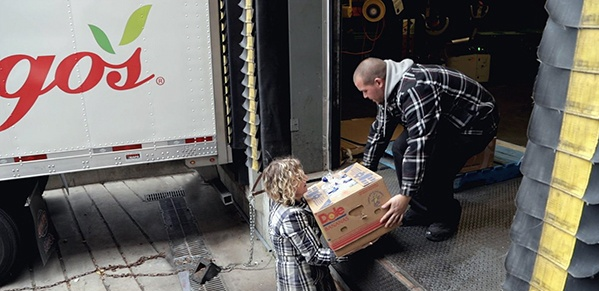
Bringing good food in schools: Meet the food rescue volunteers
While teachers often lead school initiatives such as fresh food recovery, the school community can be a source of enthusiastic food rescue volunteers, as Kelly discovered. “We put out an email to parents and, even in our small school of over 300 students, we have more than a dozen parents and grandparents who are willing to pick up food donations.”
Blake Street Public School also sends flyers out to parents asking them to promote food rescue to local businesses they use, like restaurants and grocery stores. The flyers have information about the environmental impact of keeping good food out of landfills, as well as the impact of food donations on schools and kids in the community.
Local business owners feel good about giving back to the community
When neighbourhood businesses learn that the unsold food that they typically throw out can be put to such good use by a school, many of them offer even more food donations.
“So many of the businesses donating food have been excited to see us and happy to hear that their excess food is going to a school to feed children,” Kelly explained. “If you know you’ve got good food that is going to go to the landfill, why not put it in the bellies of people that are hungry in our communities?”
She noticed how many more food businesses are using FoodRescue.ca over the past year. This, of course, is great news, not only for reducing food waste and helping our environment but also for Blake Street Junior Public School’s thriving school food program.
Delivering rescued food to after-school programs such as ArtCity
Looking beyond Blake Street Junior Public School’s success story, Second Harvest also delivers quality, rescued food to children and youth in many after-school programs. Namely, Believe To Achieve, Impact ‘n Communities in Scarborough, several Kiwanis Boys & Girls Clubs in Toronto and ArtCity.
Second Harvest is the sole food source for ArtCity in St. James Town, Canada’s most densely populated community in the heart of Toronto. ArtCity provides children aged 6 to 13 with a positive, respectful space to build skillsets focused on creativity and communication.
They offer three after-school programs at no-cost each week that foster self-esteem, awareness of the community and a sense of belonging, not to mention, wonderful art. Rescued food has a powerful impact on what ArtCity can offer with its programs, according to Mekayla Dionne, ArtCity’s Director and Arts Educator.
“It frees up a lot of our budget to not have to be purchasing snacks throughout the year,” Mekayla told us. “Receiving Second Harvest rescued food allows us to use that money for other things, like art supplies, paying staff and doing things like field trips. As well, we receive a really nice variety of fruits, vegetables, juice and drinks, as well as some packaged snacks, so the kids are not receiving the same foods each time.”
The importance of good food in schools on children’s ability to learn
Mekayla sees first-hand how important good food in schools is to the children’s ability to learn. “The kids are coming straight from school to our programs and we don’t know what sort of lunches they’ve had,” she said. “It’s good that we are able to give them a snack so that they’re energized and ready to learn and they’re not distracted by feeling hungry.”
“Sometimes when we get an abundance of items from Second Harvest that we might not be able to go through fast enough in the program alone, we’ll offer whatever is extra to the parents,” she explained. “They’re always happy to take the extras home with them and they are definitely thankful.”
“Without rescued food from Second Harvest, we would have fewer programs, art supplies and field trips. Donated food definitely helps us to provide more to the kids!”
Updated September 2020
Originally appeared: August 27, 2019

